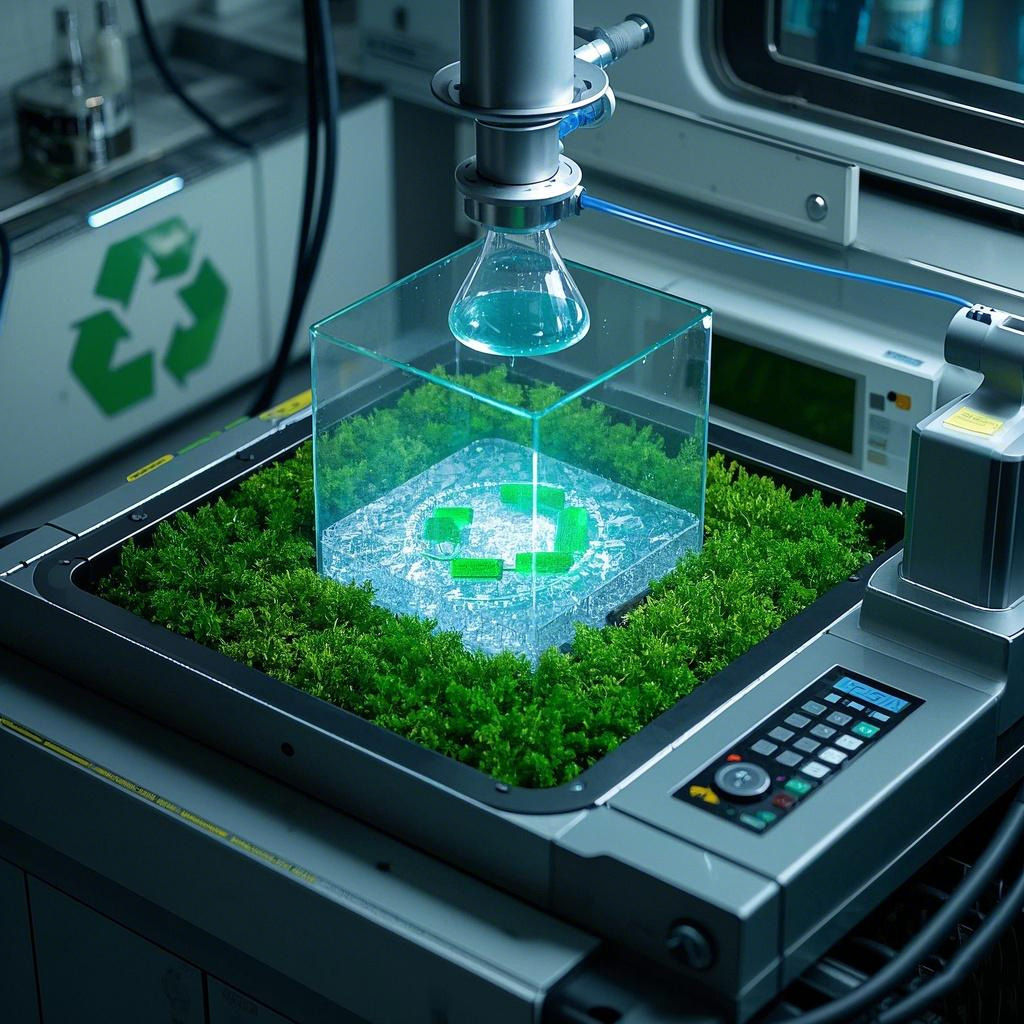
“Quantum entanglement” in the packaging machine: When nanomembranes meet the zero-waste Revolution
At the quantum physics laboratory in Geneva, Switzerland, scientists have discovered an interesting phenomenon: when two precision instruments are separated by 100 meters but keep vibrating in sync, this discovery is rewriting the underlying logic of modern packaging machines. You may not know it, but the most cutting-edge packaging technology is undergoing a quiet revolution that will completely upend our understanding of packaging.
A quantum leap in packaging dimensions
The control accuracy of modern packaging machines has broken through the nanometer level, and its sensor system can capture the vibration difference equivalent to one ten-thousandth of a human hair. The maglev transmission device, developed by the Fraunhofer Institute in Germany, uses superconducting materials to work at -196 ° C, reducing mechanical friction to theoretical zero. This “quantum level” precision control allows the liquid packaging error to be controlled at 0.001 ml, and the powder weighing accuracy to reach the mg level.
At the University of Tokyo’s Materials Laboratory, scientists have developed new nanomembranes modeled on the surface structure of lotus leaves. This material, just 3 microns thick, is 200 times more breathable than traditional PE films, but it can firmly lock water molecules. When this “breathing” packaging film meets the AI vision system, the shelf life of strawberries is miraculously extended to 45 days, and the transportation loss rate drops from 30% to 2%.
Two, zero waste space-time folding
Molecular time magic is happening on the packaging lines of a Canadian chocolate factory. By adjusting the microclimate within the packaging film, the oxidation rate of the hazelnut chocolate is precisely regulated. During transportation, the packaging film continues to release natural antioxidants, and when the product reaches the shelf, the preservation factor just happens to peak. This “time folding” technology dynamically ADAPTS the product expiration date to the supply chain rhythm, reducing the expiration loss by 30%.
Mushroom mycelium devours agricultural waste in a recycling laboratory at Politecnico di Milano. These bio-based materials grow and form within 72 hours and completely degrade after 28 days of waste. When 3D printing meets mycelium culture, the box begins to “grow” on its own. After an e-commerce company adopted this living packaging, it reduced the amount of foam filler used by 80 tons in a single month.
Third, the parallel universe of packaging
With the blessing of quantum computing, packaging design enters multidimensional space. The algorithm generates 3000 structural schemes at the same time, and selects the optimal solution through virtual crash test. After the application of this technology by a beverage company, the wall thickness of the cans is reduced by 0.02 mm, and the annual saving of aluminum is enough to build three passenger planes. This “digital twin” technology has reduced the packaging development cycle from six months to 72 hours.
In the packaging workshop of a Spanish grape estate, AR glasses are reconstructing the work scene. Workers summon a holographic operating interface through gestures, and the iot system monitors 2,000 data nodes in real time. When the AI predicts that the device is abnormal, the maintenance plan is synchronously pushed to the engineer’s intelligent terminal. This virtual-real integration of production mode, so that packaging efficiency increased by 40%, energy consumption reduced by 25%.
Standing on the singularity of the packaging industry, we see not only the evolution of the machine, but also the resonance of human wisdom and the laws of nature. When nanoscale precision meets cosmic vision, packaging is no longer a simple container, but a time tunnel connecting production and consumption. This silent revolution is redefining the way commodities speak to the world, and the answer lies in the quantum ripples of each packaging fold.




